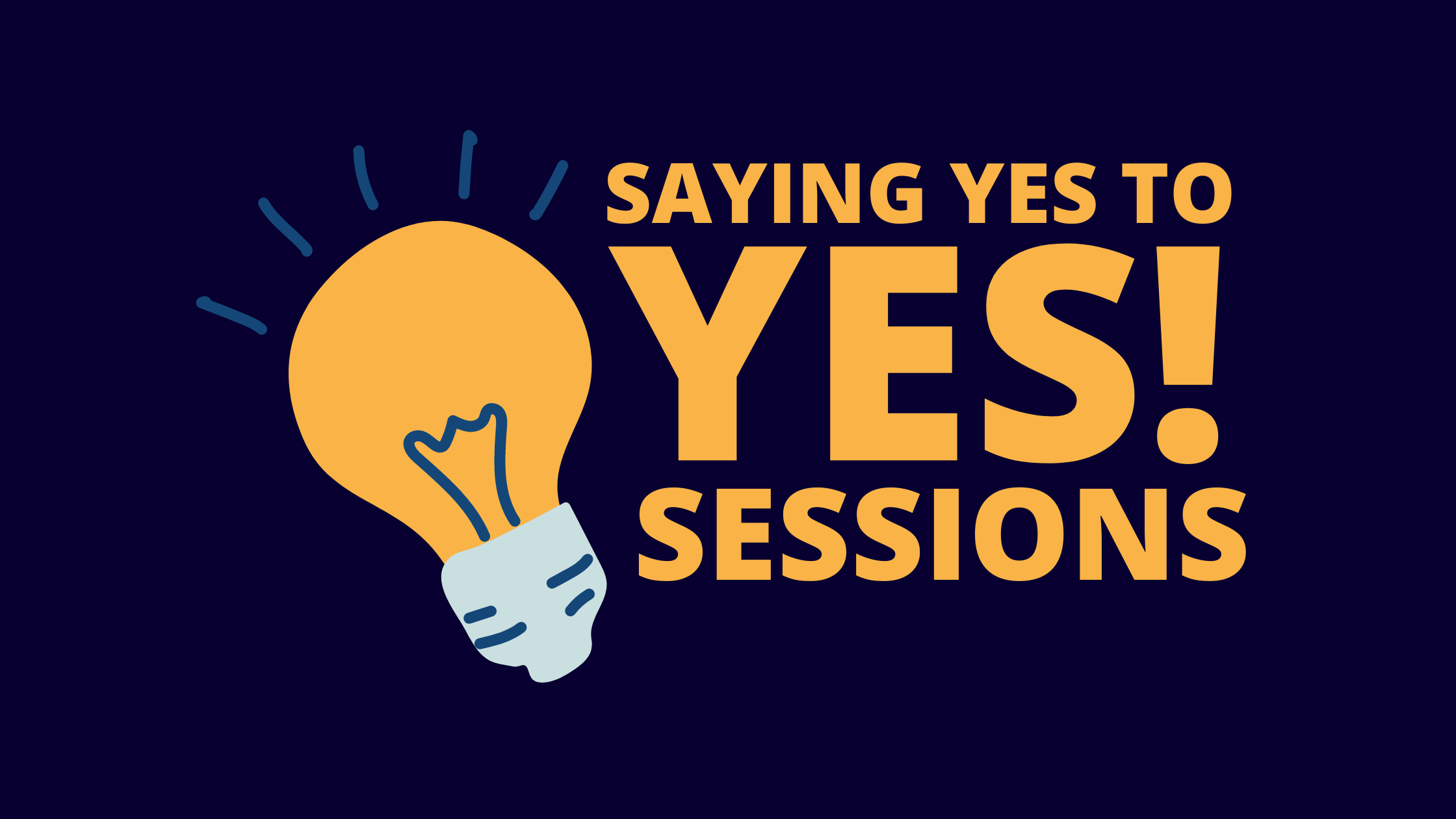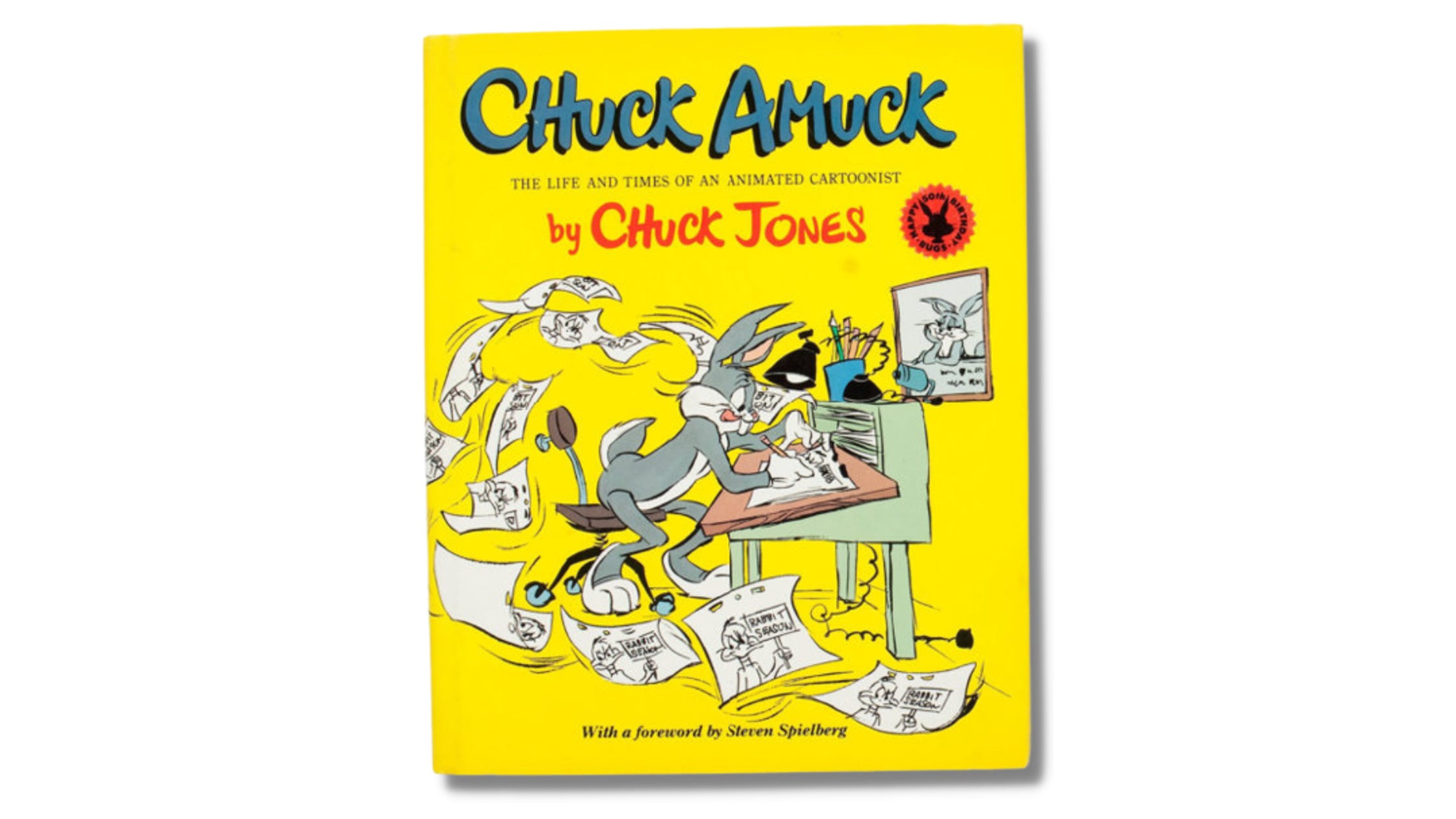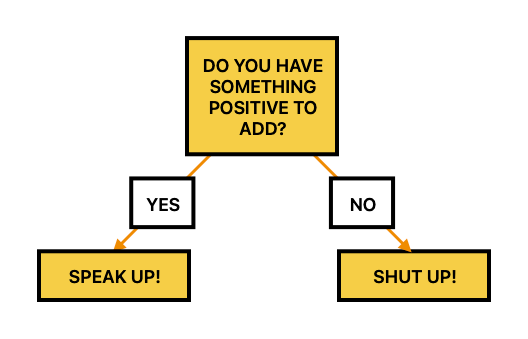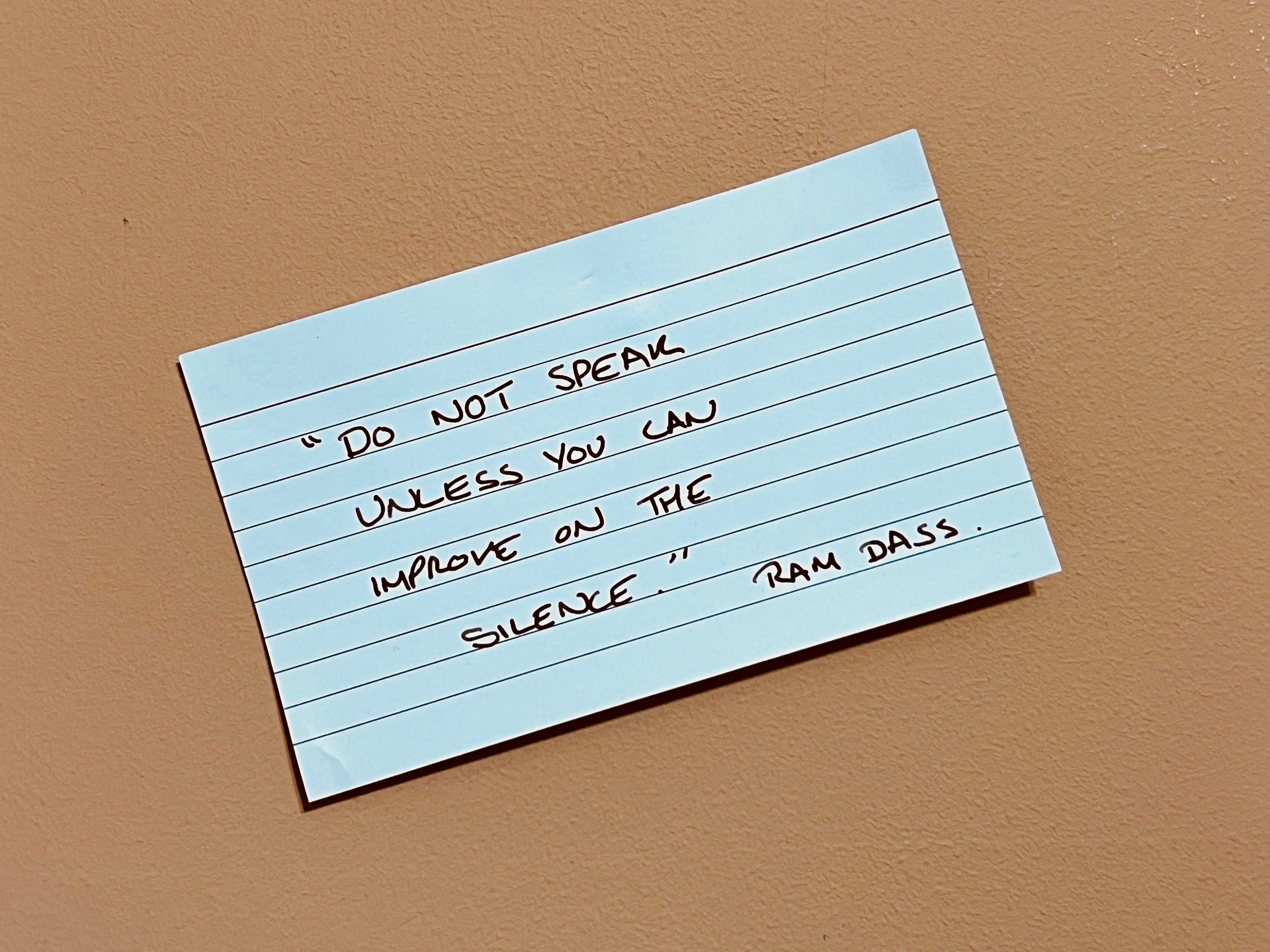Not such a looney idea - Saying yes to Yes Sessions!
A super-simple but really effective brainstorming technique from the creators of Bugs Bunny and Daffy Duck!

Last week, I was invited to a brainstorming session with an animation studio I regularly work with. They’d been invited to pitch for an IP, but weren’t convinced. The property was an old one that had been revamped many times over the years. Could they bring anything new to the table?
One last brainstorm was required before they passed on the opportunity. Would I be interested in taking part? Sure! Batting ideas around is my favourite part of the job. Reply sent, I waited for the invite to appear in my calendar. And it did:
Monday. 3.30 pm. IP development - Yes Session.
Yes Session? What in blue blazes was a Yes Session?
A little research led me to Chuck Jones’ 1989 memoir, Chuck Amuck.

According to the legendary animator, a Yes Session was a brainstorming technique unique to the Looney Tunes team at the height of Bugs and Daffy’s popularity.
Attended by directors, writers, and producers, it resembled a traditional brainstorming session in all ways but one: you couldn’t say no to an idea.
In fact, you couldn’t be negative at all!
As Chuck explains:
“Anything went, but only if it was positive, supportive, and affirmative to the premise. No negatives were allowed. If you could not contribute, you kept quiet…”
Banned phrases included:
- “I don’t like it.”
- “There must be a better way.”
- “I don’t like to criticise, but…”
- “We’ve heard that one before…”
All were seen as roadblocks to creativity and were strictly forbidden.
If you could build on an idea, you spoke up. If you had nothing good to say, you remained silent.
In other words…

But surely this meant bad ideas would remain unchallenged? Not according to Chuck.
The Looney Tunes team discovered that stinkers would sink without a trace, while other ideas rose from zero to hero:
“It is surprising how meaty and muscular a little old stringy “yes” (which is another name for a premise) can become in as little as fifteen or twenty minutes, when everyone present unreservedly commits his immediate impulsive and positive response to it.”
I have to admit it appealed to me, not least because it reminded me of my number one rule for social media, which is pinned next to my desk:

All good in theory, but would it work in practice?
The answer turns out to be an emphatic YES!
Going into the development meeting, I shared the general opinion that there wasn’t anything particularly new to offer with this particular IP.
Forty-Five minutes later, we had three solid premises, all of which warranted further development. Not every idea had been dynamite, but we simply moved on from the clunkers with no noses out of joint.
It was one of the most creative meetings I’ve participated in and an experiment I’ll definitely say yes to again.
What do you think? Would Yes Sessions help your project? Let me know below!

